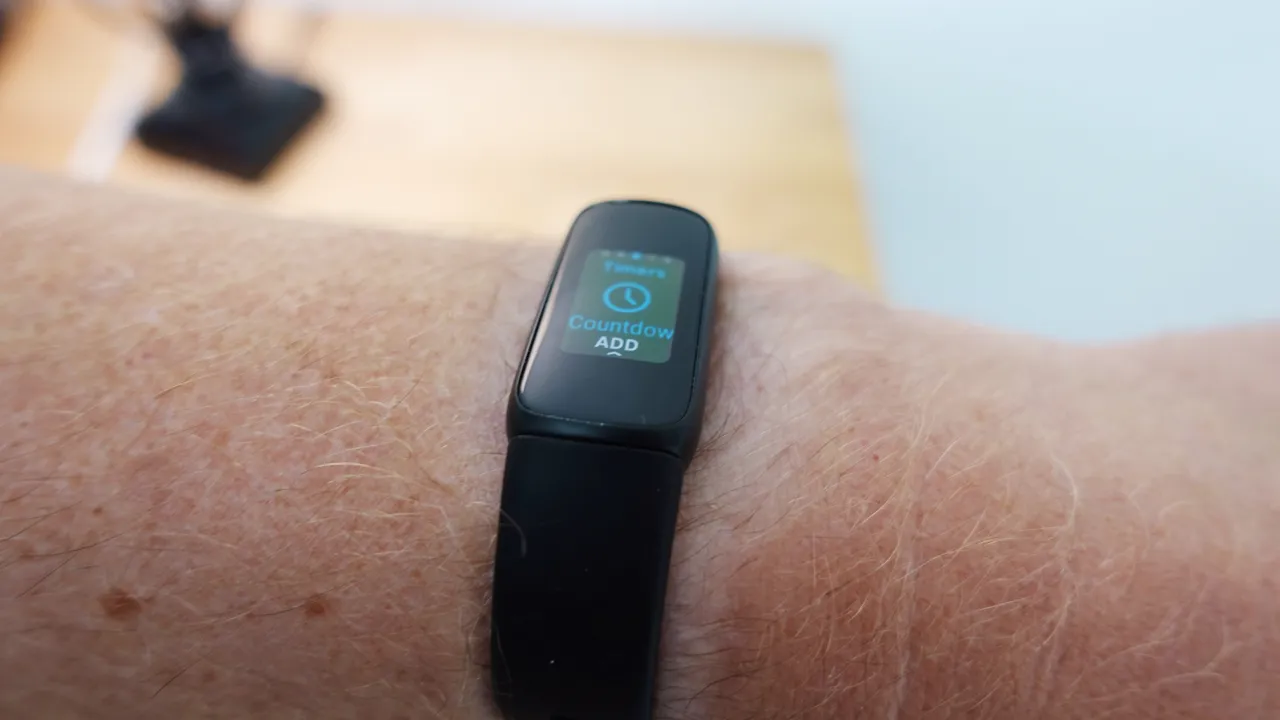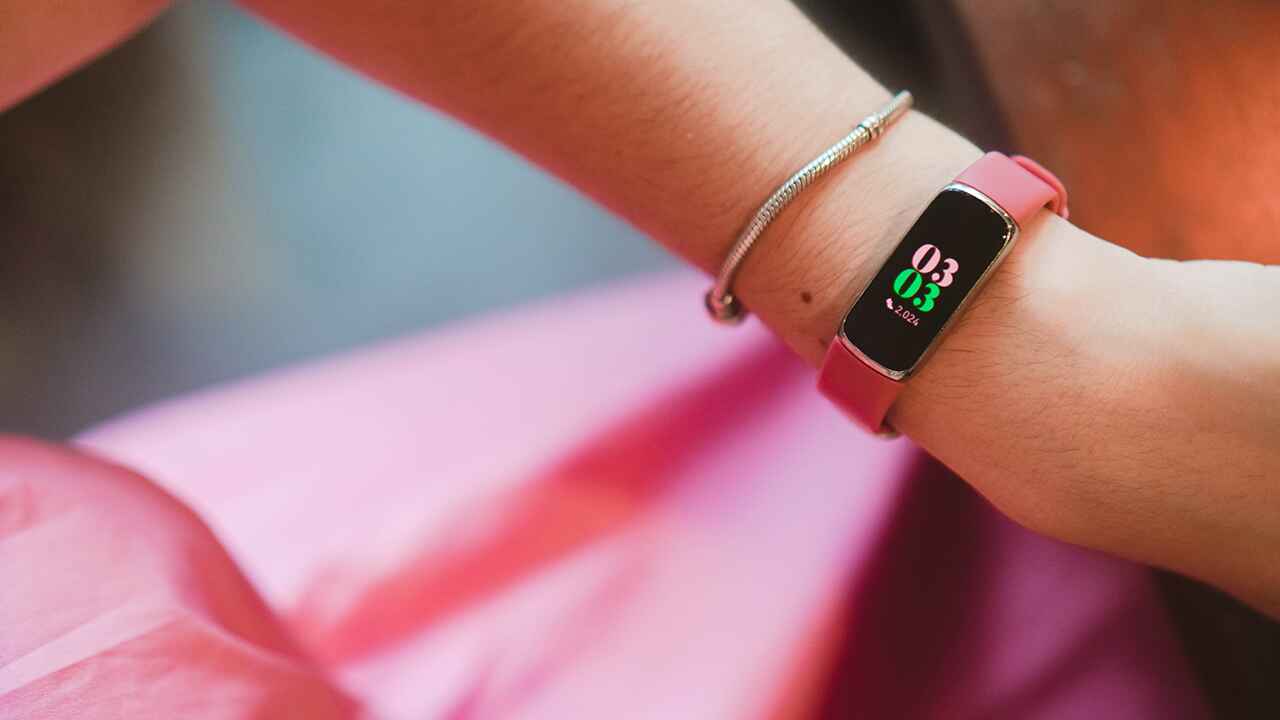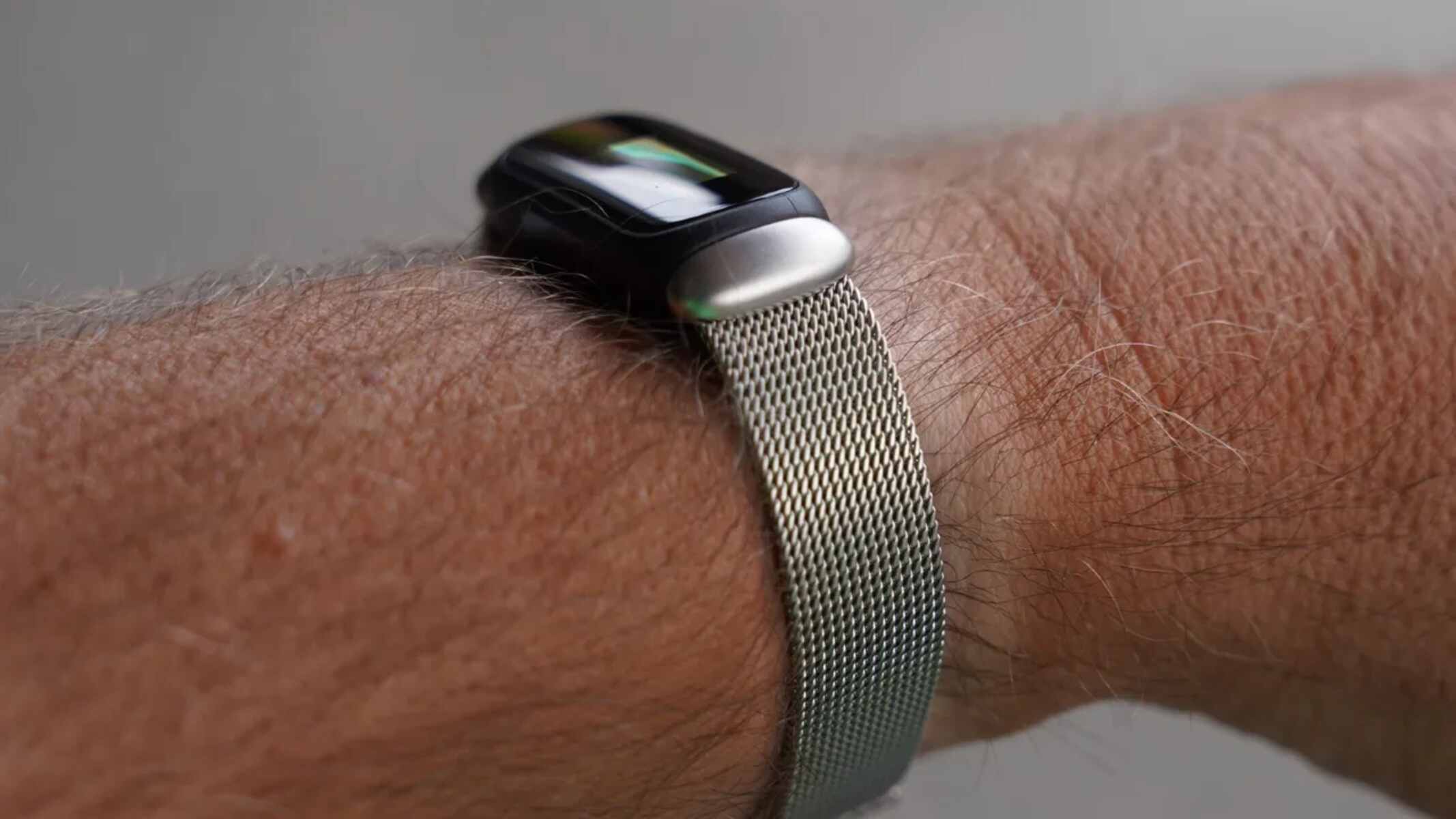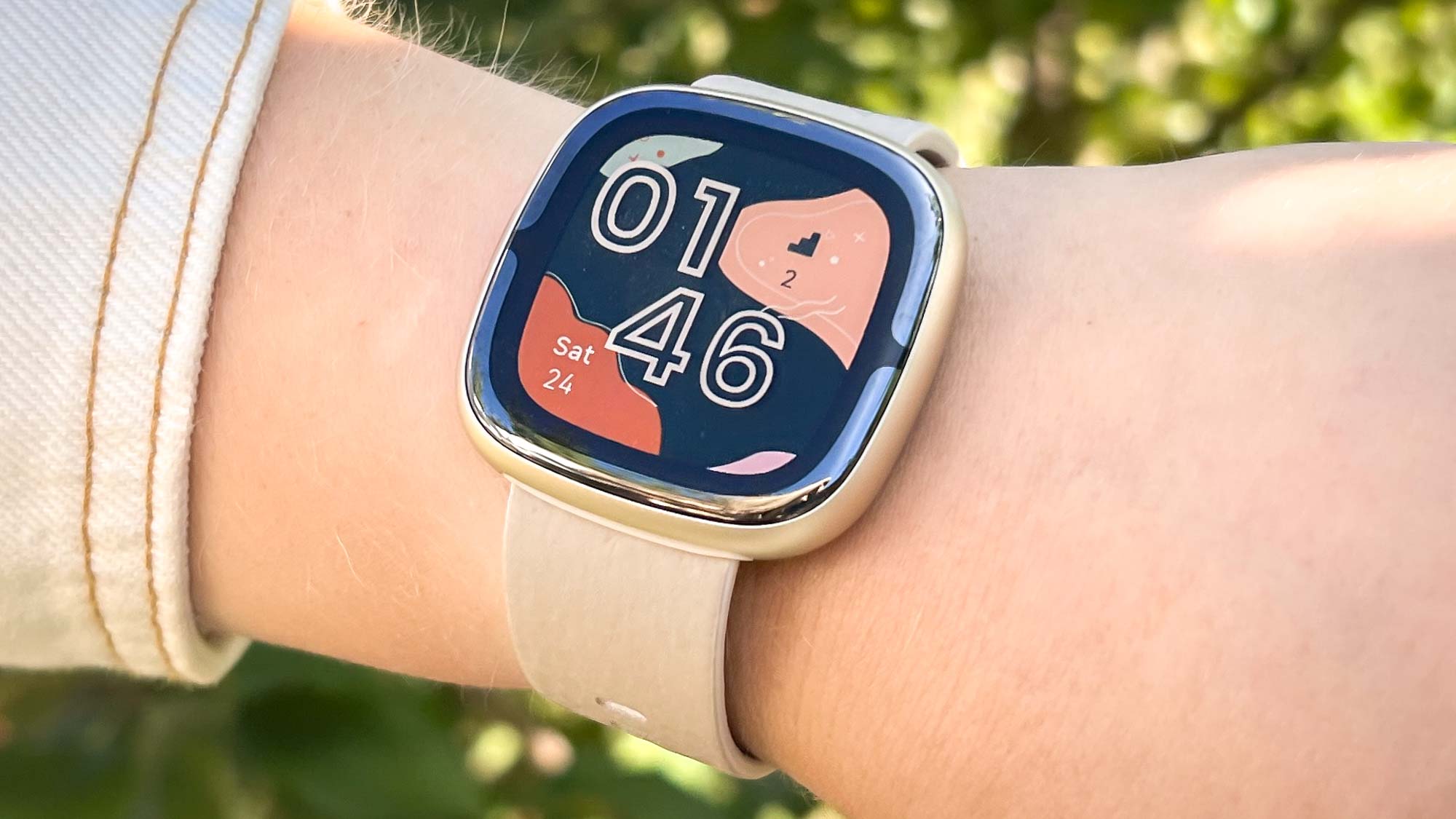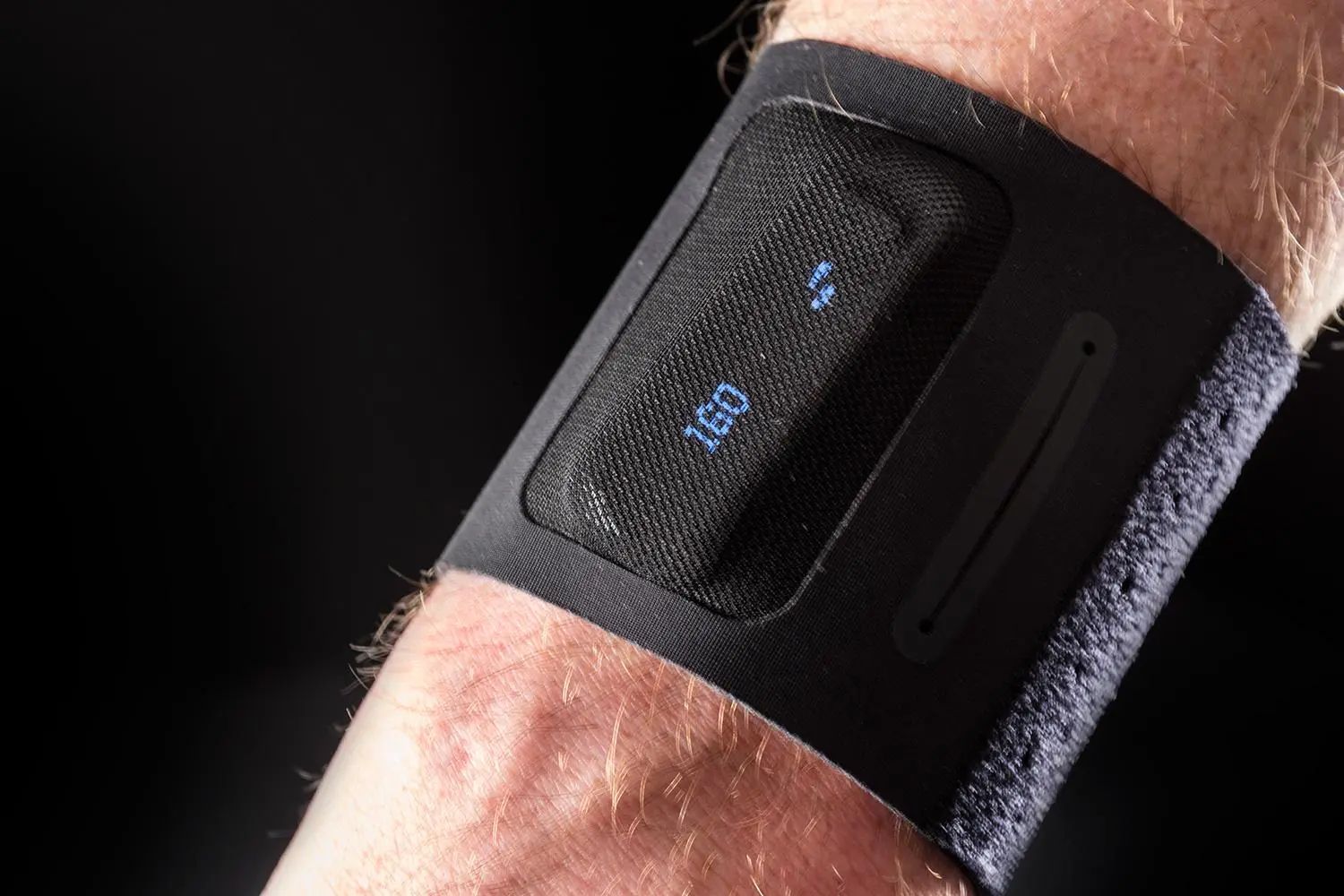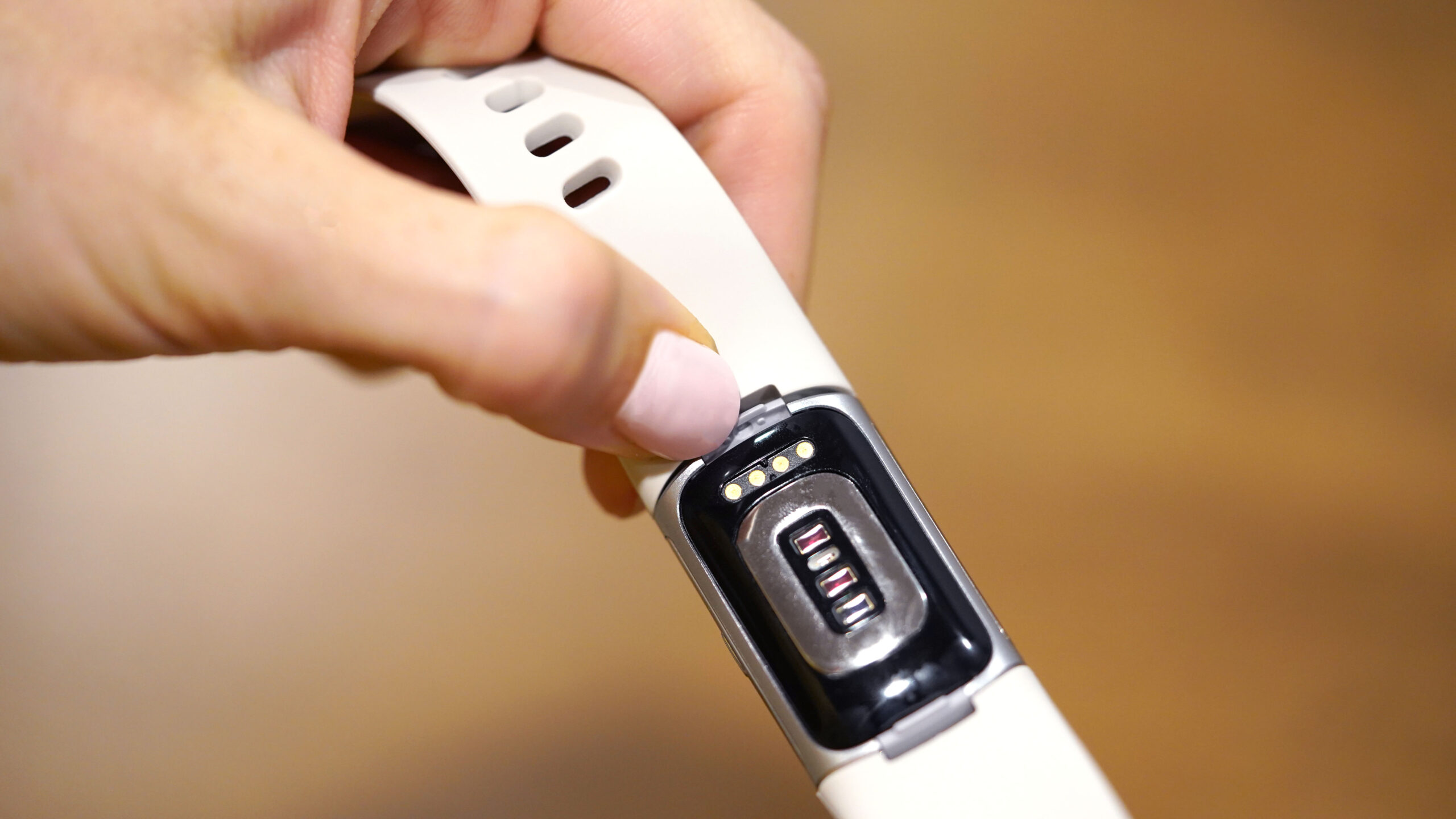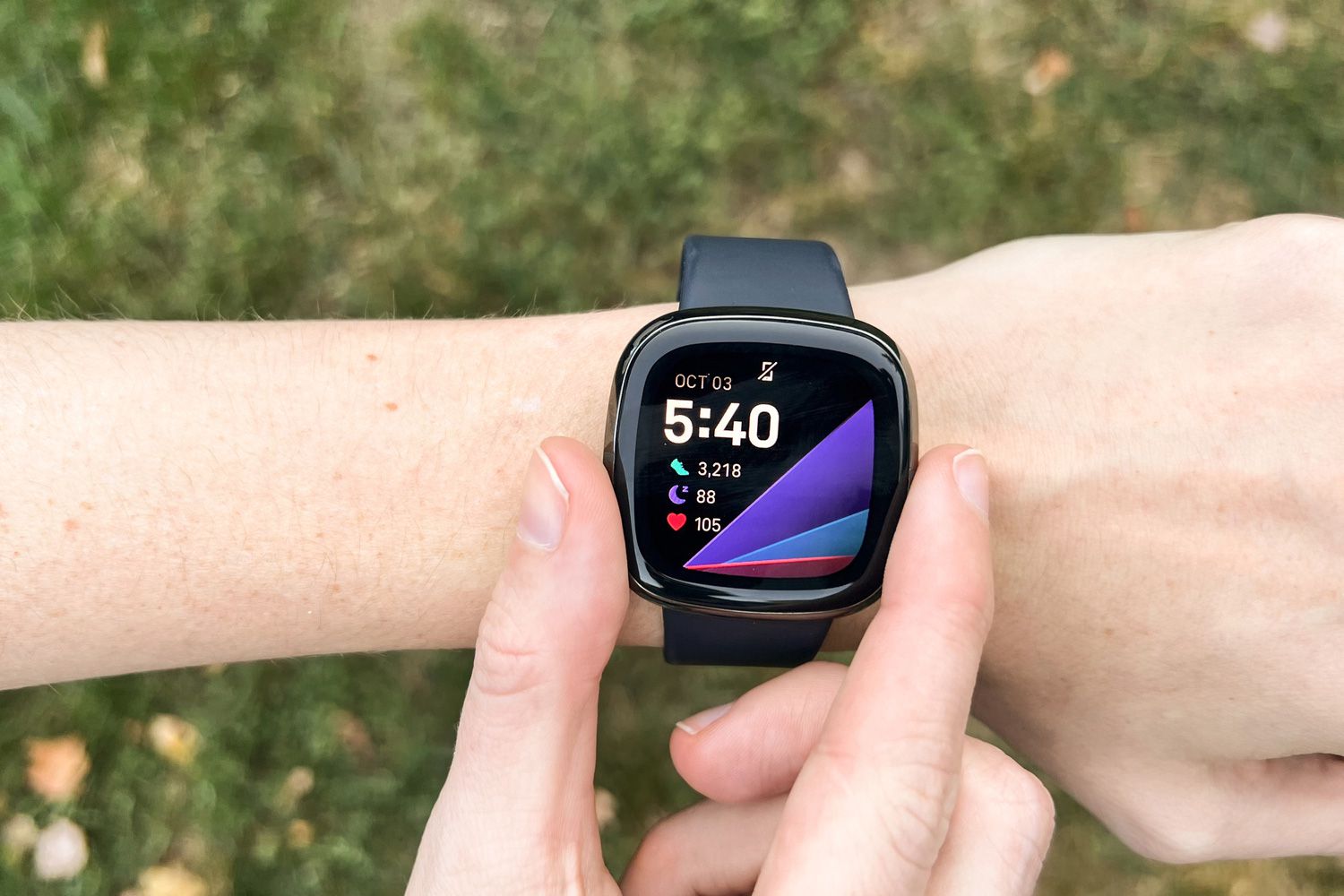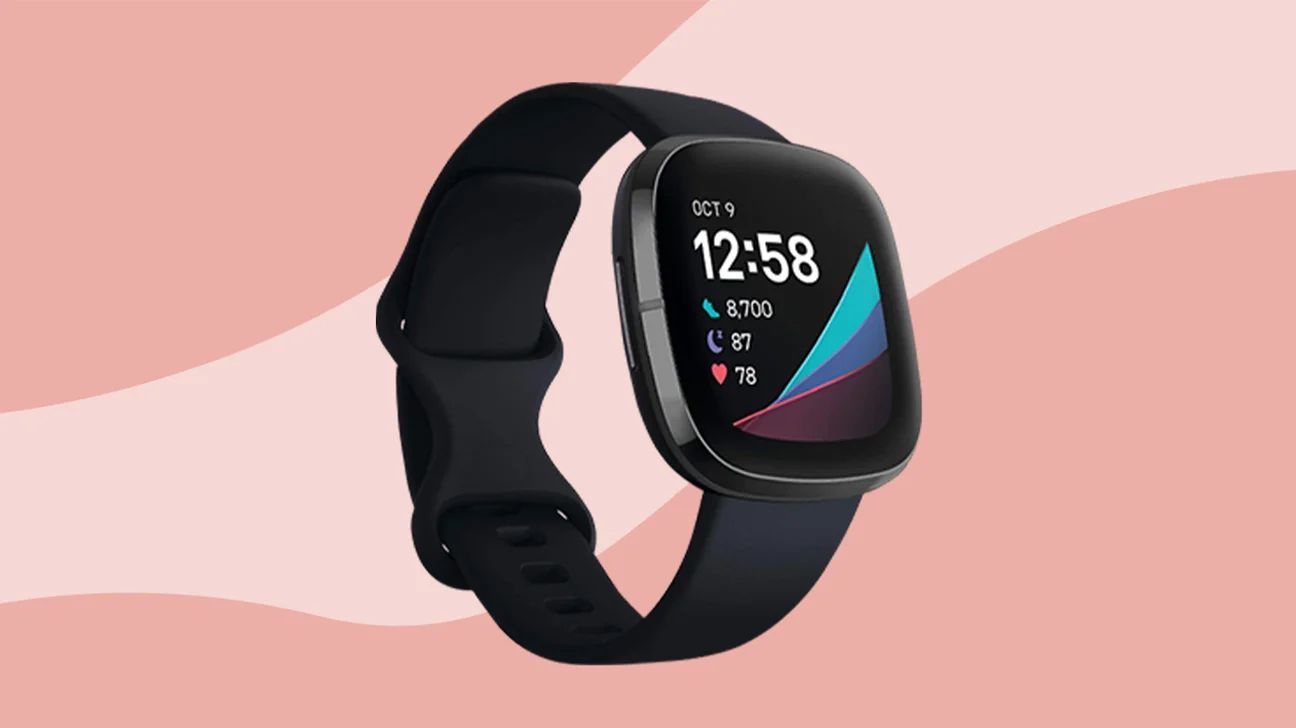Introduction
Wearable technology has revolutionized the way we approach fitness and health monitoring. Among the myriad of options available, Fitbit has emerged as a frontrunner, offering an array of features designed to seamlessly integrate into our daily lives. From step counting and heart rate monitoring to sleep tracking and exercise recognition, Fitbit has become an indispensable companion for those striving for a healthier lifestyle.
One crucial aspect of maximizing the benefits of a Fitbit is ensuring that it fits comfortably on your wrist. Whether you have a Fitbit Charge, Versa, Inspire, or any other model, the right fit is essential for accurate data collection and a pleasant user experience. Fortunately, adjusting the size of your Fitbit to achieve the perfect fit is a straightforward process that can significantly enhance your overall satisfaction with the device.
In this comprehensive guide, we will delve into the nuances of Fitbit sizes, explore the methods for adjusting the Fitbit band to achieve optimal comfort, and provide valuable tips for finding the perfect fit. By the end of this journey, you will be equipped with the knowledge and insights to customize your Fitbit to suit your unique wrist size and personal preferences, ensuring that it becomes an indispensable tool in your quest for a healthier, more active lifestyle.
Understanding Fitbit Sizes
Before delving into the process of adjusting the Fitbit band, it's essential to grasp the significance of Fitbit sizes and how they impact your overall experience with the device. Fitbit offers a range of models, each with its own unique design and sizing specifications to accommodate diverse wrist sizes and preferences.
Fitbit devices typically come with small and large band options, allowing users to select the size that best suits their wrist circumference. Some models may also offer an additional small-to-large size adjustment, providing further flexibility for a tailored fit.
The small band is designed to comfortably accommodate wrist sizes ranging from 5.5 inches to 7.1 inches, while the large band caters to wrist sizes between 7.1 inches and 8.7 inches. This thoughtful approach ensures that individuals with varying wrist dimensions can find a suitable Fitbit size to enjoy a snug and secure fit.
When selecting the appropriate Fitbit size, it's crucial to consider not only the circumference of your wrist but also your personal comfort preferences. A snug fit is essential for accurate heart rate monitoring and step tracking, but it's equally important to ensure that the band does not feel too tight or constricting during daily wear.
Additionally, the choice of Fitbit model may influence the available band sizes, as certain models may offer a more extensive range of sizes to cater to a broader demographic. Understanding the specific size options available for your Fitbit model is the first step towards achieving a comfortable and personalized fit that enhances the overall usability of the device.
By comprehending the nuances of Fitbit sizes and the considerations involved in selecting the right size for your wrist, you can embark on the journey of adjusting the Fitbit band with confidence and precision. The next section will delve into the practical steps for adjusting the Fitbit band to achieve a perfect fit that seamlessly integrates into your daily routine.
Adjusting the Fitbit Band
Adjusting the Fitbit band to achieve the perfect fit is a pivotal step in optimizing the comfort and functionality of your device. Whether you have a Fitbit Charge, Versa, Inspire, or any other model, the process of adjusting the band remains consistent, allowing you to customize the fit to suit your wrist size and personal preferences.
Step 1: Assess Your Wrist Size
Before initiating the adjustment process, it's essential to assess your wrist size to determine the ideal fit for your Fitbit. Using a flexible measuring tape or a piece of string, measure the circumference of your wrist. This measurement will serve as a valuable reference point when customizing the Fitbit band to achieve a snug and comfortable fit.
Step 2: Identify the Band Adjustment Mechanism
Most Fitbit models feature a band adjustment mechanism that allows for seamless resizing. Depending on the model, this mechanism may involve a clasp, buckle, or a simple snap-on design. Familiarize yourself with the specific adjustment features of your Fitbit to proceed with confidence.
Step 3: Resize the Band
To resize the Fitbit band, follow these general steps:
- For models with a clasp or buckle mechanism, locate the release button or lever that allows you to detach the band from the main module.
- Once the band is detached, assess the sizing indicators or markings to identify the appropriate position for your wrist size.
- Reattach the band to the main module, ensuring that it securely clicks into place.
For models with a snap-on design, locate the designated slots or markings that indicate different size options. Gently press the release button or lever to disengage the band, then reposition it to align with your wrist size before securing it back into place.
Step 4: Test the Fit
After adjusting the Fitbit band, it's crucial to test the fit to ensure that it aligns with your wrist size and comfort preferences. The band should feel snug and secure without causing any discomfort or restriction. Additionally, ensure that the Fitbit module sits comfortably on the top side of your wrist to facilitate accurate data collection and a seamless user experience.
By following these steps and customizing the Fitbit band to suit your wrist size and comfort preferences, you can maximize the functionality and convenience of your Fitbit. A well-fitted band not only enhances the accuracy of health and fitness tracking but also ensures that wearing your Fitbit becomes a natural and enjoyable part of your daily routine.
Tips for Finding the Perfect Fit
Finding the perfect fit for your Fitbit goes beyond adjusting the band size; it involves considering various factors to ensure optimal comfort and functionality. Here are valuable tips to guide you in achieving the ideal fit for your Fitbit:
-
Wrist Measurement: Begin by accurately measuring your wrist circumference using a flexible measuring tape or a piece of string. This measurement serves as a crucial reference point when selecting the appropriate band size for your Fitbit.
-
Comfortable Snugness: Aim for a snug fit that securely holds the Fitbit on your wrist without feeling too tight or constricting. The band should stay in place during movement without causing discomfort or leaving marks on your skin.
-
Skin Contact: Ensure that the Fitbit module maintains direct contact with your skin to facilitate accurate heart rate monitoring and step tracking. The module should be positioned on the top side of your wrist, allowing the sensors to function optimally.
-
Breathability and Flexibility: Select a band material that offers breathability and flexibility, especially if you plan to wear your Fitbit for extended periods. Materials like elastomer and silicone provide a balance of comfort and durability, allowing your skin to breathe while accommodating wrist movements.
-
Customization Options: Explore any customization options offered by Fitbit, such as interchangeable bands or alternative band designs. This allows you to personalize the look and feel of your Fitbit while ensuring that it complements your style and preferences.
-
User Feedback: Leverage user reviews and feedback on Fitbit band sizes and comfort levels. Platforms like online forums and community discussions often provide valuable insights from individuals with similar wrist sizes and preferences, aiding in the selection of the most suitable Fitbit size and band style.
-
Trial and Adjustment: After selecting a band size, wear the Fitbit for a trial period to assess its comfort and fit during various activities. If necessary, make minor adjustments to the band size to achieve the perfect balance between snugness and comfort.
By incorporating these tips into your quest for the perfect Fitbit fit, you can elevate your overall experience with the device, ensuring that it seamlessly integrates into your lifestyle while providing accurate health and fitness tracking. Remember that the ideal fit is not only about wrist size but also encompasses comfort, functionality, and personal preferences, ultimately enhancing the value of your Fitbit as a reliable wellness companion.
Conclusion
Achieving the perfect fit for your Fitbit is a pivotal step in maximizing the benefits of this innovative wearable technology. By understanding the nuances of Fitbit sizes, learning the methods for adjusting the Fitbit band, and embracing valuable tips for finding the perfect fit, you can elevate your experience with the device and seamlessly integrate it into your daily routine.
Customizing the Fitbit band to suit your wrist size and comfort preferences not only enhances the accuracy of health and fitness tracking but also ensures that wearing your Fitbit becomes a natural and enjoyable part of your daily routine. The process of resizing the band, testing the fit, and considering factors such as breathability, flexibility, and customization options empowers you to tailor the Fitbit to your unique needs, ultimately enhancing its value as a reliable wellness companion.
As wearable technology continues to evolve, the importance of a personalized and comfortable fit cannot be overstated. The Fitbit serves as a constant companion, offering insights into your activity levels, sleep patterns, and overall well-being. By taking the time to adjust the Fitbit band to achieve the perfect fit, you are investing in a seamless and accurate tracking experience that aligns with your individual lifestyle and preferences.
Whether you're embarking on a new fitness journey, striving to maintain an active lifestyle, or simply seeking valuable insights into your daily activities, the Fitbit becomes an invaluable tool when it fits comfortably and accurately on your wrist. The journey of finding the perfect fit is a personalized experience, influenced by factors such as wrist size, comfort preferences, and style considerations. By leveraging the knowledge and insights shared in this guide, you are empowered to embark on this journey with confidence, ensuring that your Fitbit becomes an indispensable companion in your quest for a healthier, more active lifestyle.
In conclusion, the perfect Fitbit fit goes beyond mere measurements; it encompasses comfort, functionality, and personalization. By embracing the process of adjusting the Fitbit band and considering the tips for finding the ideal fit, you are poised to unlock the full potential of your Fitbit, seamlessly integrating it into your daily life as a trusted ally in your pursuit of wellness and vitality.







